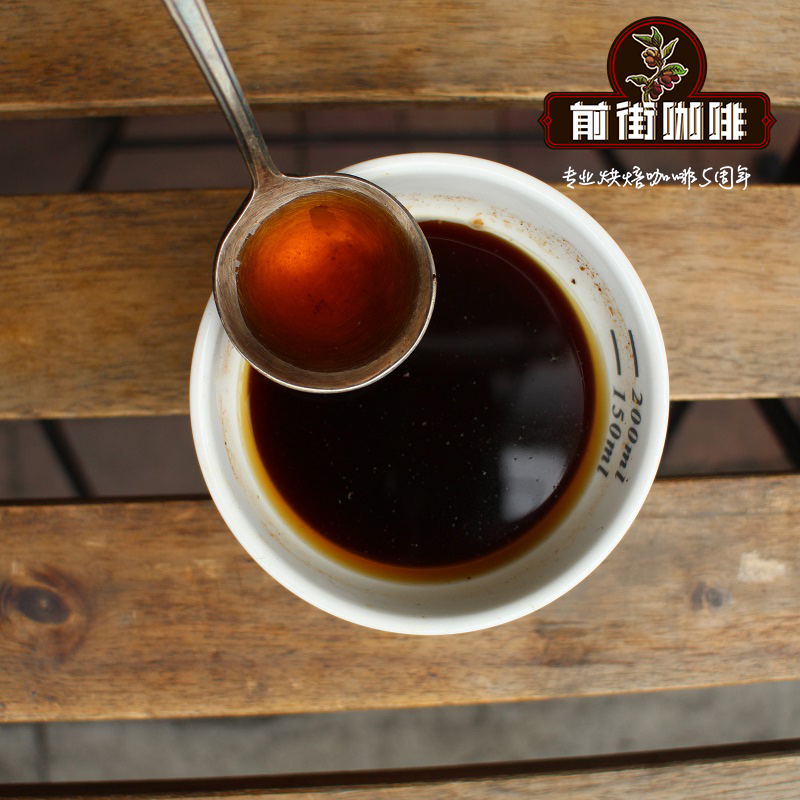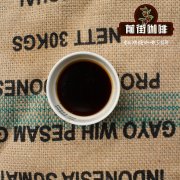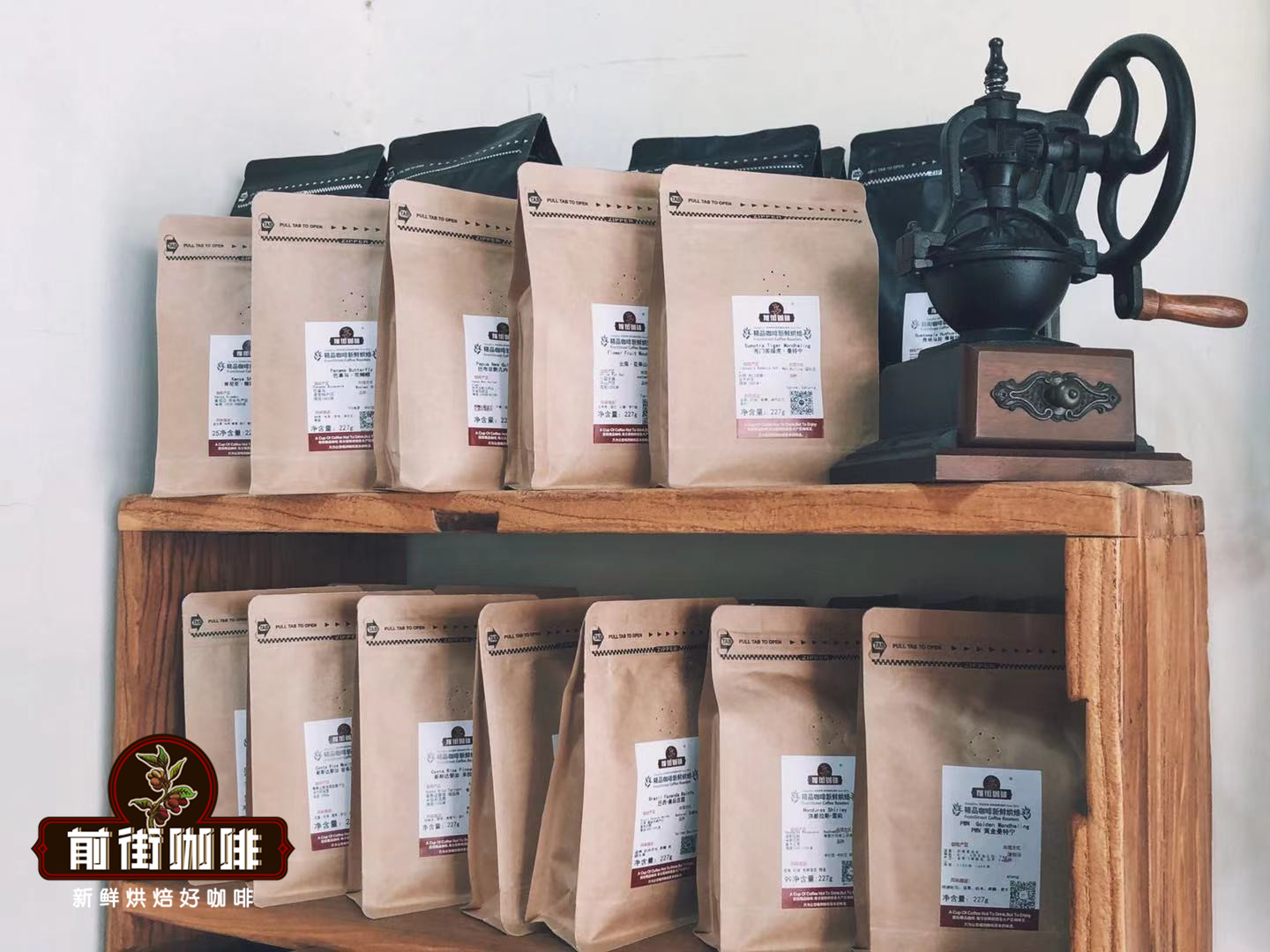What are the characteristics of Brazilian coffee beans? How do you make Brazilian coffee?

Professional coffee knowledge exchange more coffee bean information please follow the coffee workshop (Wechat official account cafe_style)
Brazil is the largest country in Latin America and the world's largest coffee producer in the past 150 years. 1/3 of the world's coffee comes from Brazil, followed by Vietnam, Colombia and Indonesia. The annual production of Minas Gerais province in the south-east alone (20 million bags) has exceeded the national capacity of neighbouring Colombia (about 10 million bags). In addition, Sao Paulo, ESP í rito Santo and Bahia also belong to boutique coffee producing areas. Among them, Sul de Minas (that is, the south of Minas Gerais) has won 90% of the top 20 award-winning coffee of Cup of Excellence (COE) in the past two years.
A tropical rainforest nurtured by the Amazon has been uninhabited for thousands of years. But since the economic incentives of coffee exports in the 18th century, Brazil's primitive ecology has gradually become a mechanized agricultural factory. Legend has it that this history began when an army colonel seduced the wife of the French governor and obtained the seed in 1723. After black slavery and later the European immigrant land distribution system, Brazil's coffee production capacity once reached half of the world's demand. But with the subsequent collapse of commodity markets and "soil fatigue" (as Brazilian farmers say) caused by excessive grain production, farmers have changed their targets from quantity to quantity, coinciding with the rise of the boutique movement in recent years.
Almost all espresso contains Brazilian coffee, some even 90% are Brazilian coffee, and Brazilian coffee is also found in many well-known mixed coffee brands and canned coffee, which shows how important Brazil plays in the coffee industry. Although Brazilian coffee is widely found in the commercial coffee market, it does not mean that Brazilian coffee can not be included in the boutique market. Brazilian coffee roasted in deep cities and roasted in Vietnamese style is quite delicious. In addition, good sun and honey treatment of Brazilian coffee is often a fixed team of mixed concentration, with more fat, mellow taste and sweetness, which is a strong foil to the mixed coffee.
Brazilian coffee flavor
Brazilian coffee is wild, sweet, low-sour, bitter in sweetness, and roasted with chocolate, but its raw beans are not dense and its growth is not as high as that of Central American coffee beans, so it brings a bit of bitterness when roasted very deep. In addition, three different treatments also give Brazilian coffee a varied flavor. The sun has a mellow taste, chocolate flavor, and a little fruit aroma, and may also have a little rural soil flavor. Honey treatment is when the exocarp is removed, covered with endocarp and pulp, as for the sun on the terrace or elevated bed, the coffee flavor is like the completely natural sun method, but the taste is clearer. The semi-washing method uses a pulp removal machine to remove the peel and some or all of the pulp, so the semi-washed flavor has the characteristics of honey treatment as well as the characteristics of water washing, clear, balanced, thinner taste, less chocolate and bright acidity.
Brazilian coffee grading system
The Brazilian coffee grading system, which scores the proportion, size, flavor and taste of defects, is its own independent grading system, which is more complex than that from other countries. For example, the "Brasil Santos NY2 SC17/18 SS FC" NY2 classifies the proportion of defects: the higher the number, the greater the proportion of defects. The order is 2, 2, 3, 3, 3, 4... NY says it is based on the New York rating standard. SC 17A 18 represents the number of coffee beans. While SS FC (Strictly Soft and Fine Cup) represents flavor and taste, it is divided into two groups: first Strictly Soft, Soft, Softish, Hard, Hardish, Rioy/Rioysh, Rio second is Fine Cup and Good cup. Brazilian coffee is widely loved because of its high sweetness, cleanliness, softness, low acid value and wide use.
Qianjie suggestion [Brazilian Coffee] suggestion:
V60According to one minute and fifty seconds, V60According to 15 ℃
Flavor: chocolate, creamy peanut, Xuanmi tea
Qianjie coffee: Guangzhou bakery, the store is small but a variety of beans, you can find a variety of unknown beans, but also provide online store services. Https://shop104210103.taobao.com
Important Notice :
前街咖啡 FrontStreet Coffee has moved to new addredd:
FrontStreet Coffee Address: 315,Donghua East Road,GuangZhou
Tel:020 38364473
- Prev

Introduction of Columbia Rose Summer Coffee beans _ Nalinglong LaJoya Villa Gem Manor Rose Summer
Professional coffee knowledge exchange more coffee bean information please follow Coffee Workshop (Wechat official account cafe_style) when Nario, the best coffee producing area in Colombia, meets a rosy summer, under the good care of LaJoya Villa Gem Manor, I present you with a beautiful and exquisite gem manor. ● About Nario,Colombia, Columbia, Linglong is located in Colombia
- Next

Flavor and taste characteristics of Brazilian coffee beans in different producing areas describe how Brazilian red bourbon coffee varieties are cooked and tasted well
Professional coffee knowledge exchange more coffee bean information please follow the coffee workshop (Wechat official account cafe_style) Brazil is likened to the giant and monarch of the coffee world. There are about 3.97 billion coffee trees there, and small farmers now grow 75% of the country's coffee. Brazil
Related
- Detailed explanation of Jadeite planting Land in Panamanian Jadeite Manor introduction to the grading system of Jadeite competitive bidding, Red bid, Green bid and Rose Summer
- Story of Coffee planting in Brenka region of Costa Rica Stonehenge Manor anaerobic heavy honey treatment of flavor mouth
- What's on the barrel of Blue Mountain Coffee beans?
- Can American coffee also pull flowers? How to use hot American style to pull out a good-looking pattern?
- Can you make a cold extract with coffee beans? What is the right proportion for cold-extracted coffee formula?
- Indonesian PWN Gold Mandrine Coffee Origin Features Flavor How to Chong? Mandolin coffee is American.
- A brief introduction to the flavor characteristics of Brazilian yellow bourbon coffee beans
- What is the effect of different water quality on the flavor of cold-extracted coffee? What kind of water is best for brewing coffee?
- Why do you think of Rose Summer whenever you mention Panamanian coffee?
- Introduction to the characteristics of authentic blue mountain coffee bean producing areas? What is the CIB Coffee Authority in Jamaica?

